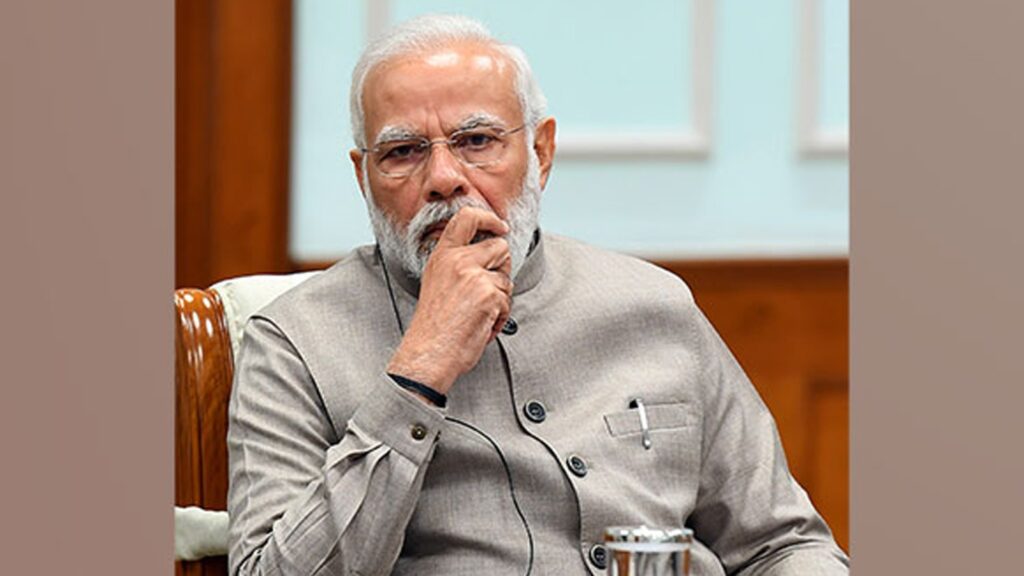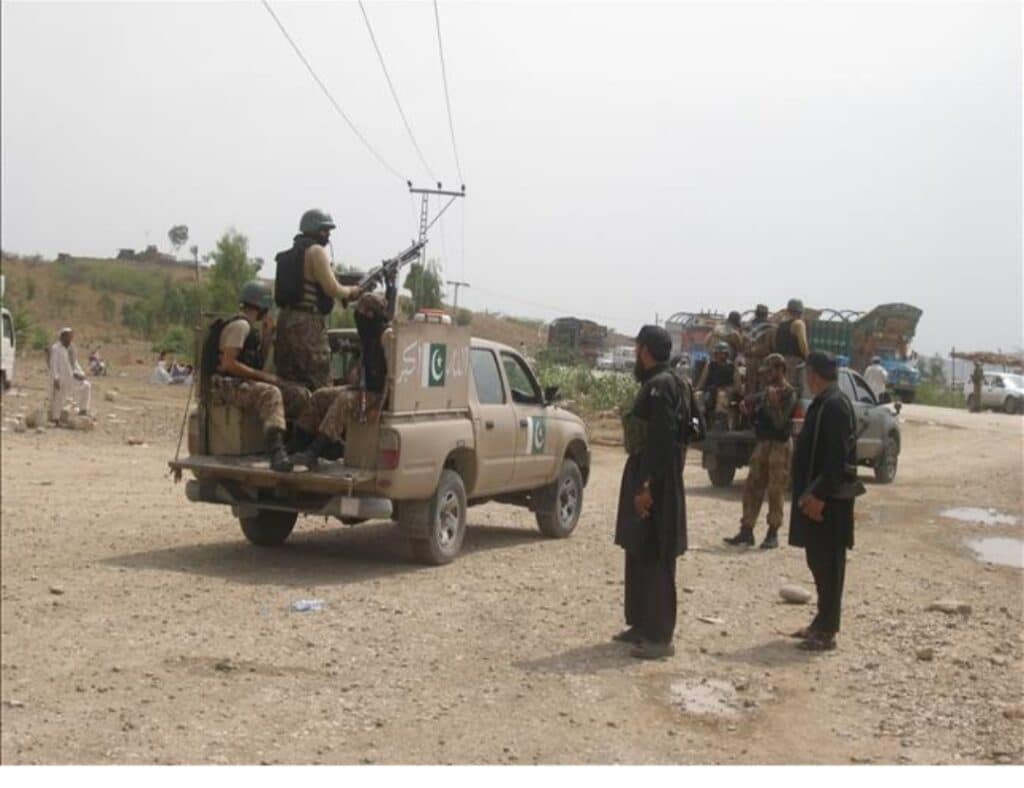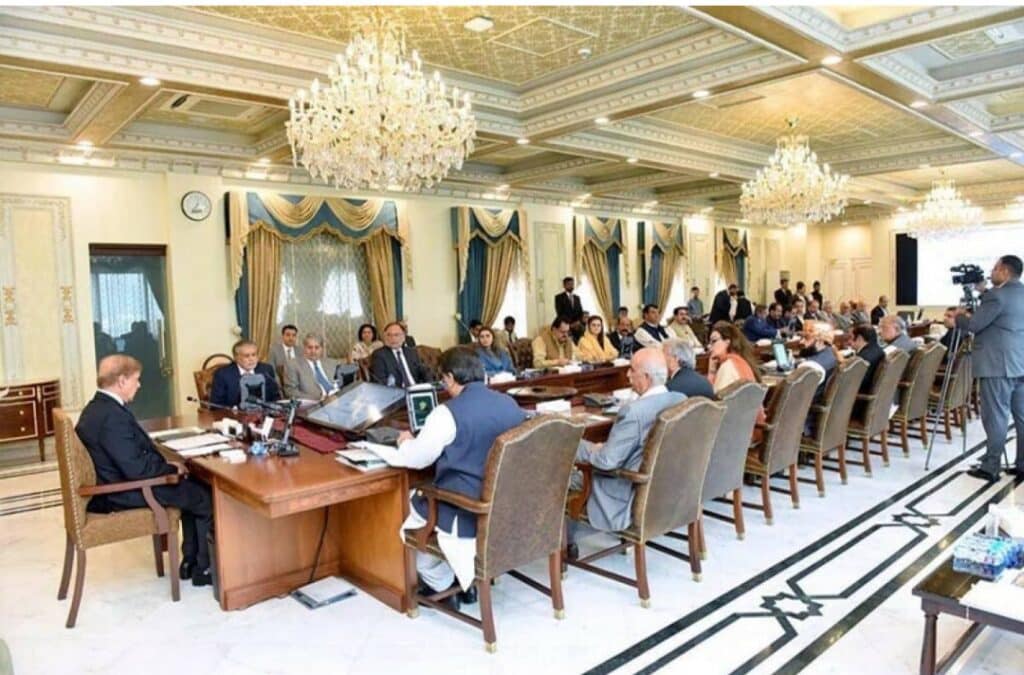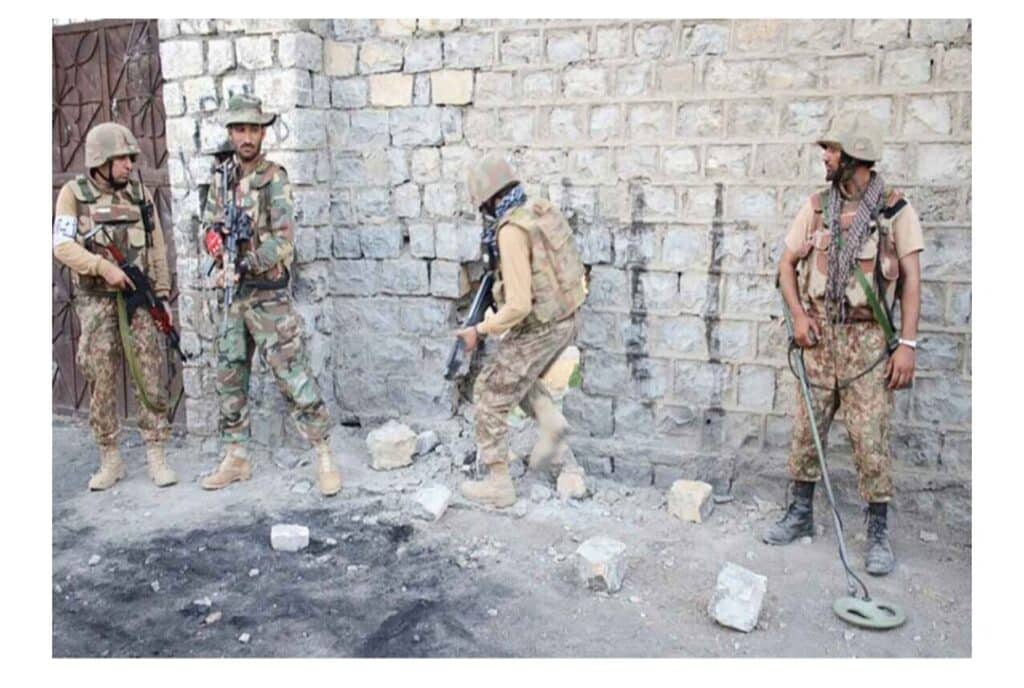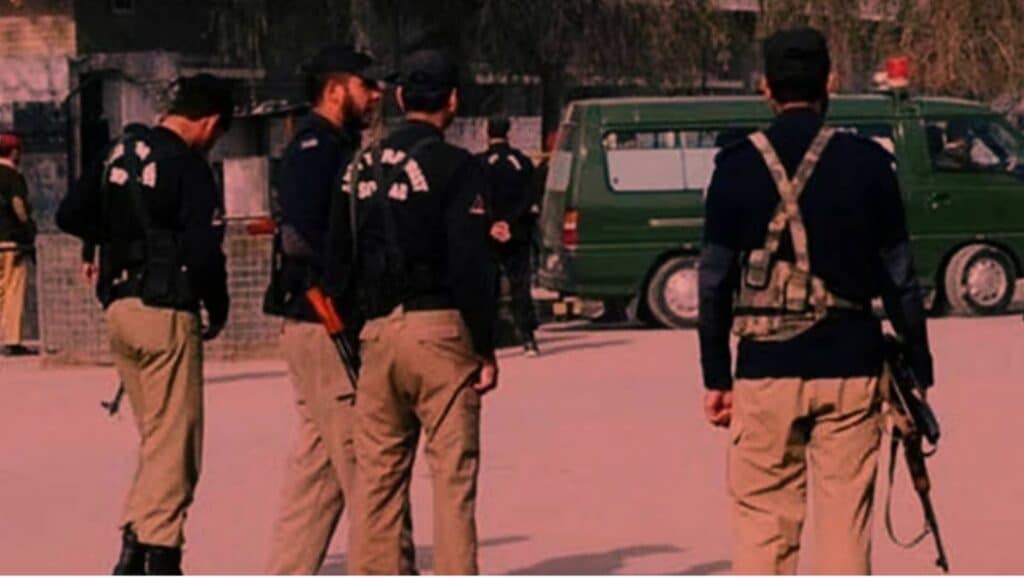In 2019, Prime Minister Narendra Modi unilaterally stripped Jammu and Kashmir of its special status — a move hailed by his Hindu nationalist base as a step toward full integration but condemned globally as the beginning of a brutal occupation. New Delhi promised peace, development, and a “New Kashmir.” Instead, it delivered repression, demographic engineering, and violence.
The April 2025 massacre in Pahalgam, where 25 tourists and a local pony rider were gunned down, shattered India’s illusion of control. Modi’s government, obsessed with projecting normalcy, used tourism figures as political propaganda while ignoring growing unrest. Warnings from Kashmiri leaders like Omar Abdullah — who called the situation far from normal — were dismissed.
In response to the attack, India has not only intensified its military crackdowns inside Kashmir — demolishing homes, jailing over 1,500 civilians, and silencing dissent — but has also escalated tensions with Pakistan to dangerous new levels. By suspending its participation in the Indus Waters Treaty, a pact that has survived three wars, India weaponized water — an act seen by Pakistan as existential aggression.
Experts now accuse Modi of turning a political conflict into a communal and geopolitical crisis. His government has marginalized Kashmiri voices, excluded elected leaders from security decisions, and fanned hatred across India, where Kashmiris and Muslims face daily abuse, eviction, and violence.
This is not security. This is not governance. This is a regime using Kashmir to fuel nationalism, punish dissent, and distract from domestic failures. Modi’s Kashmir policy is not a path to peace — it is a blueprint for endless conflict, global instability, and the systemic oppression of an entire region.

